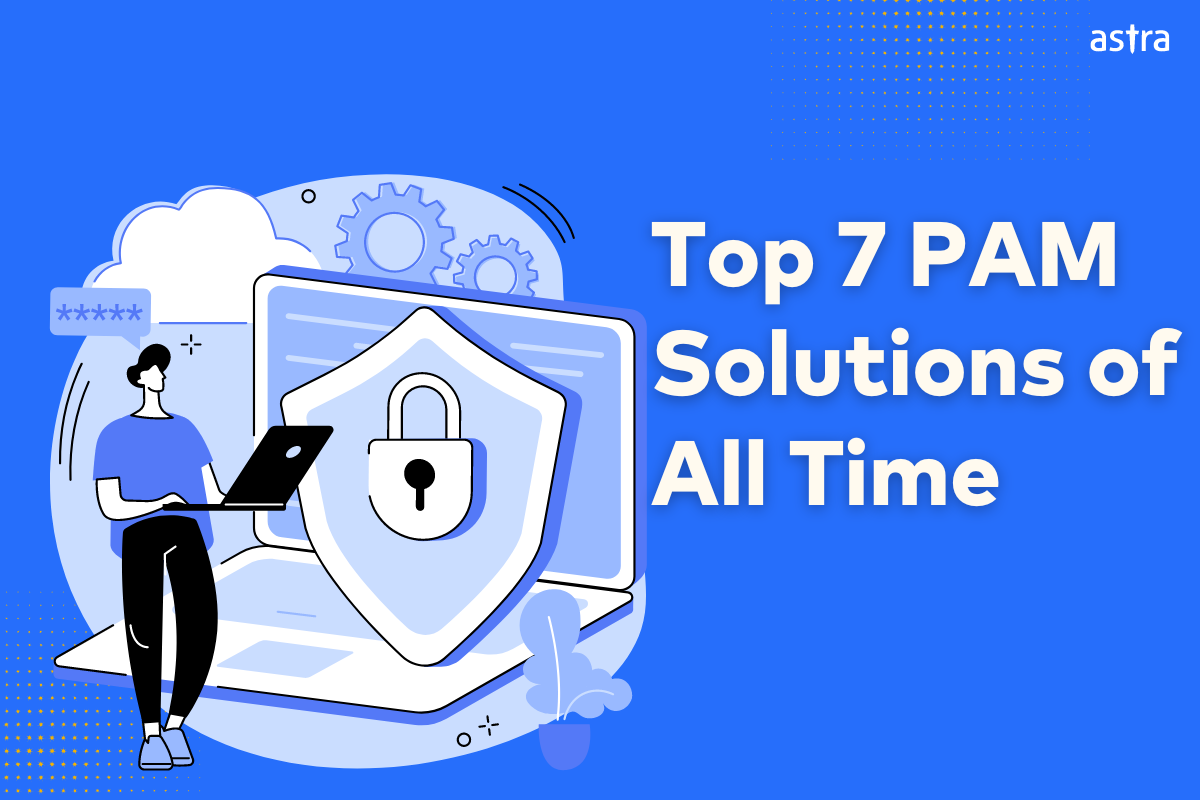Privileged Access Management (PAM) is a comprehensive framework of policies, strategies, and technologies designed to regulate, oversee, and fortify access to critical resources for human and service accounts.
With the right PAM tools, security teams can exercise granular governance over sensitive systems and scrutinize the utilization of privileged company assets.
Whether an organization is a nascent startup or a corporate behemoth, proficient PAM is a linchpin in safeguarding against cybersecurity threats and averting catastrophic user errors.
It streamlines workflows and bolsters adherence to organizational policies and regulatory standards.
This article looks at the top PAM solutions and offers a comprehensively curated roster of companies delivering the same across diverse domains. It outlines optimal strategies for upholding rigorous privileged access measures and highlights key risks encountered by companies with inadequate access protocols.
7 Best Privileged Access Management Solutions
1. StrongDM
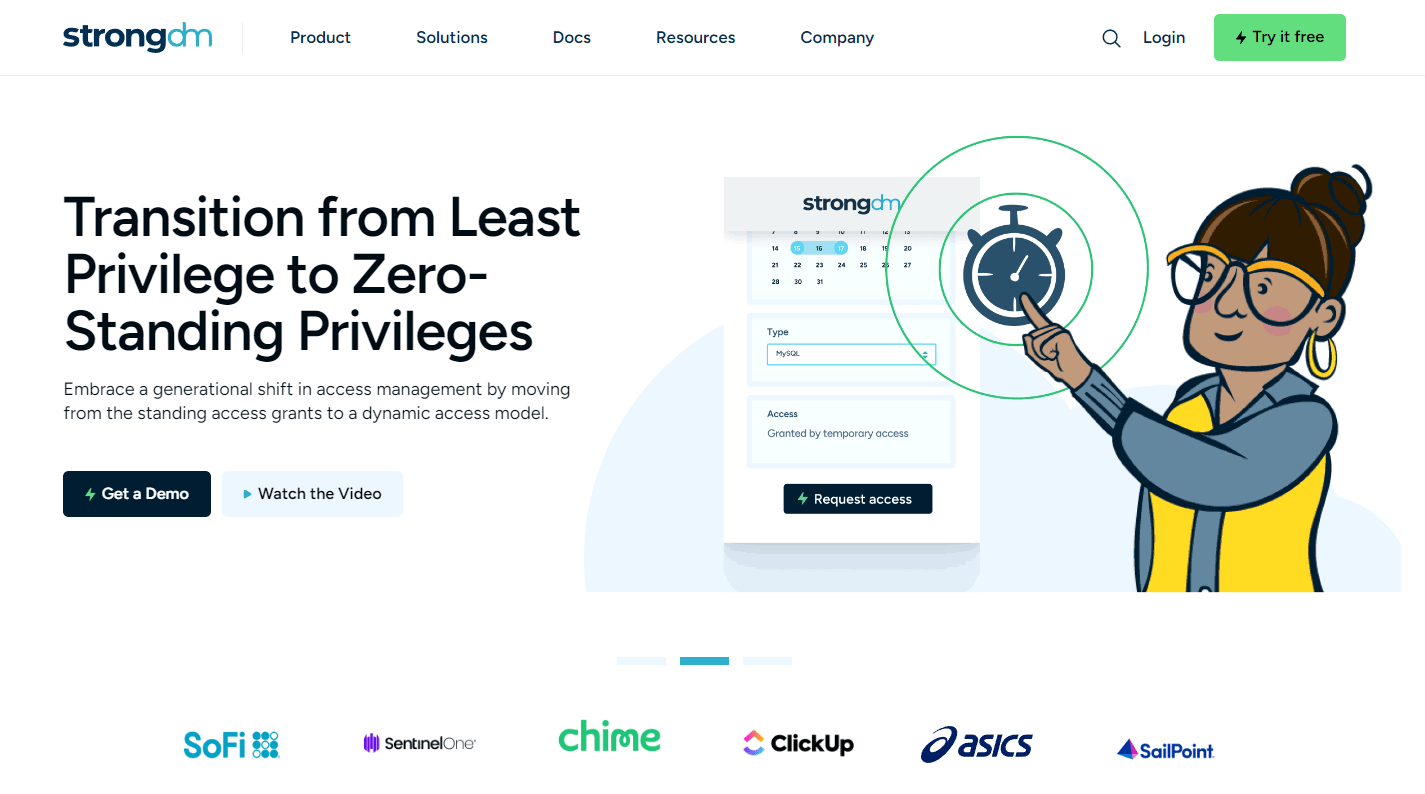
StrongDM provides a centralized platform for managing, monitoring, and auditing privileged access across your infrastructure. It simplifies the management process in hybrid and multi-cloud environments.
It also provides a robust policy engine for continuous Zero Trust Authorization, enabling distributed enforcement of centralized policies and creating a secure and unified access control framework across your infrastructure.
1. Granular Access Controls:
Implement granular access control based on roles, ensuring that users have the right level of access to perform their tasks without granting unnecessary privileges.
StrongDM supports various authorization models, including Role-Based Access Control (RBAC), Attribute-Based Access Control (ABAC), and Policy-Based Access Control (PBAC).
2. Centralized Policy Management:
StrongDM simplifies policy management and enforcement by extending your existing RBAC and ABAC policies to control access and actions. Thus, you can establish security measures that are uniformly enforced across all your diverse applications and infrastructure components.
3. Just-in-Time Access:
Deliver on-demand privileged access that automatically expires so your users only have access when they need it–without the need for shared accounts or standing privileges. StrongDM enables automatic access approval workflows to reduce administrative time granting access while securing infrastructure.
4. Total Visibility:
Security and compliance teams can gain full visibility into “who did what when” on each system, including video playback of what individual users have executed on specific systems. Maintain detailed session records and audit logs for Databases, SSH, RDP, Kubernetes, and cloud resources.
Pros
- Supports on-premises, hybrid, and cloud environments
- Intuitive user experience
- Easy to deploy, manage, and maintain
- Distributed policy enforcement
Cons
- Advanced support is available at an additional cost
2. CyberArk
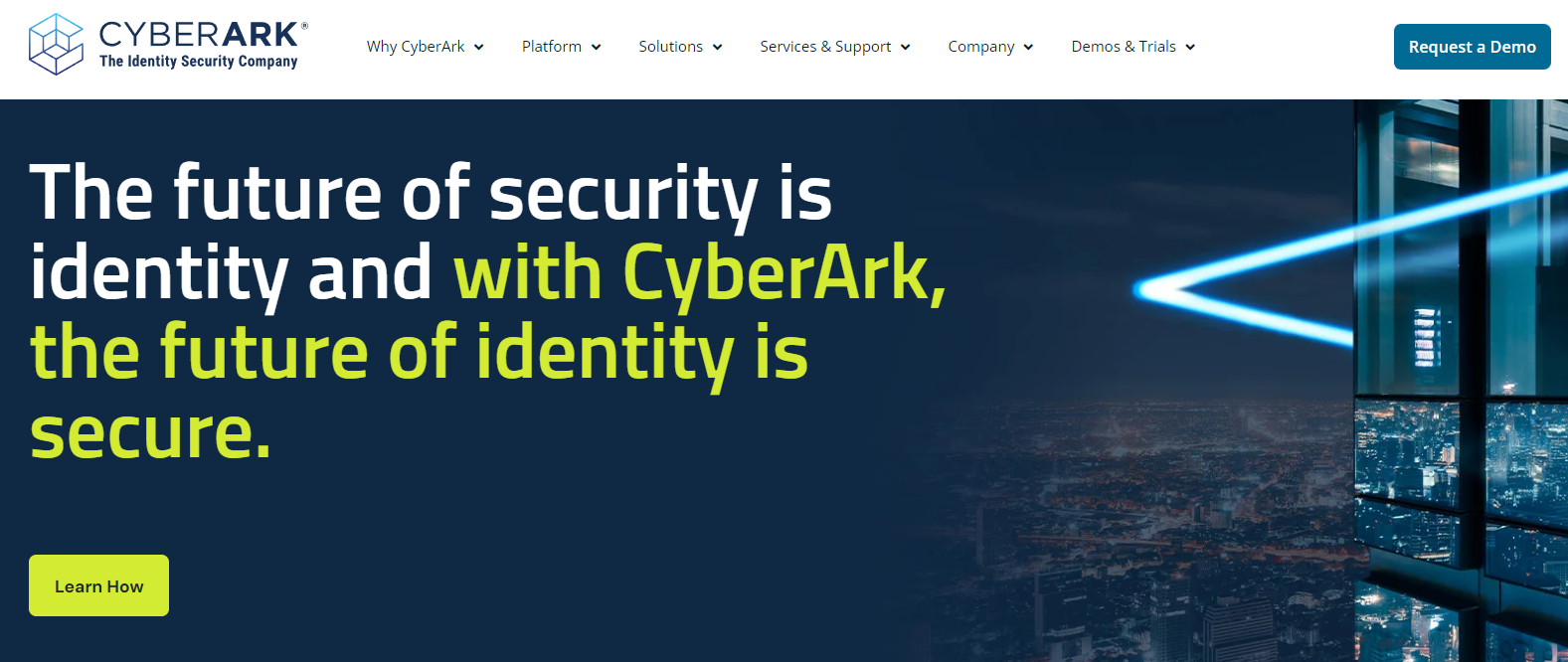
Established in 1999, CyberArk is a prominent Privileged Access Management (PAM) company that caters to specific access needs for designated individuals within a company’s IT or engineering team.
Originally designed for legacy server and database systems, CyberArk offers features like a password vault and access restriction. Access is facilitated through a web interface or locally installed utility, and CyberArk provides an audit trail for queries and session replays.
Pros
- SSH and RDP access are available.
- LDAP and AD authentication support.
- Integration with machine groups.
Cons
- Primarily designed for legacy systems.
- Not suitable for cloud-native environments.
- Complex and resource-intensive deployment.
3. Delinea (formerly Thycotic & Centrify)
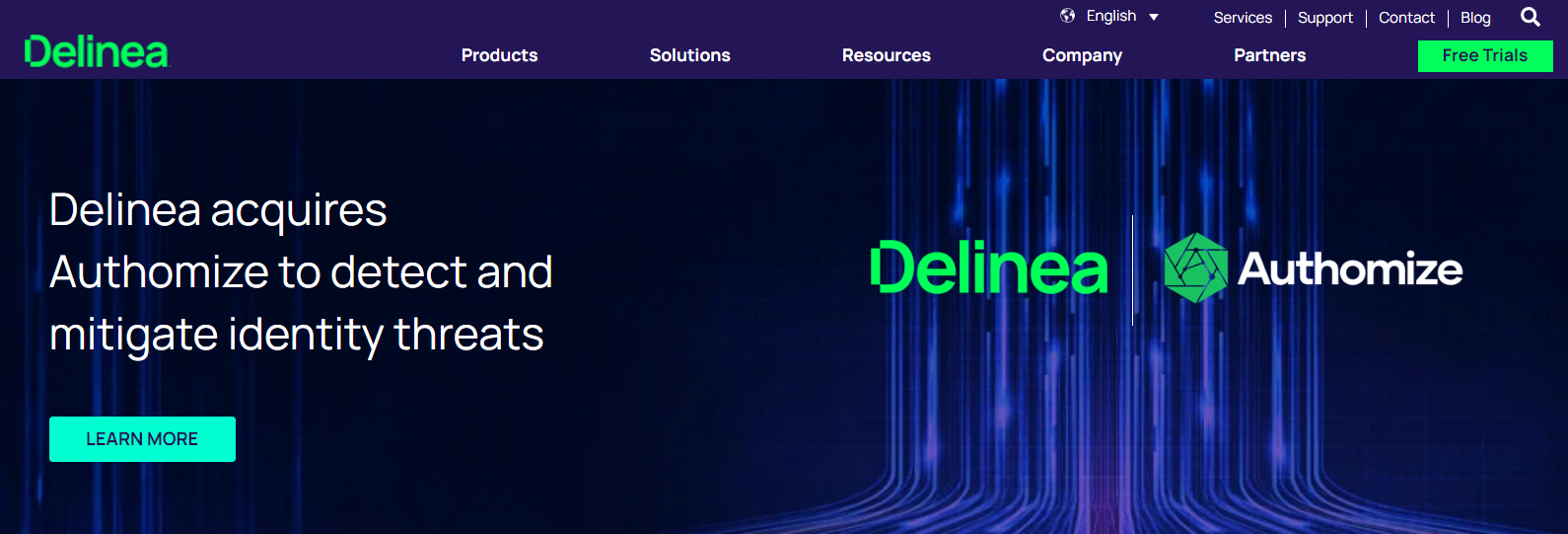
Delinea employs a least-privilege policy for resource access management. Through Secret Server, system administrators can oversee privileged account access and safeguard credentials across various platforms and services.
Delinea offers a unified dashboard for discovering, searching, managing, provisioning, and delegating access to all accounts. System admins can handle passwords, automate changes for network accounts, and integrate with multiple CRM systems.
Pros
- Supports cloud and on-premise deployment.
- Provides SSH and RDP access.
- Integrates with LDAP and AD.
Cons
- Geared towards legacy systems.
- Not optimized for cloud-native applications.
- Complex pricing model.
4. BeyondTrust

BeyondTrust’s product suite includes Endpoint Privilege Management, Password Safe, Privileged Remote Access, DevOps Secret Safe, and Remote Support. Endpoint Privilege Management authorizes and revokes access to critical systems with an audit trail.
Password Safe manages privileged credentials and SSH keys, offering auditing and analytics. DevOps Secret Safe centralizes secrets management for streamlined workflows. Privileged Remote Access provides secure remote workstation access without a VPN.
Remote Support allows IT to monitor, access, and control devices with video logs and LDAP integration.
Pros
- Offers SSH and RDP access.
- Integrates with BeyondTrust family apps.
- Manages permissions with AD, LDAPS, RADIUS, and Kerberos.
Cons
- Requires additional purchases for the full solution.
- Complex initial setup.
- Very high licensing costs.
5. Okta ASA
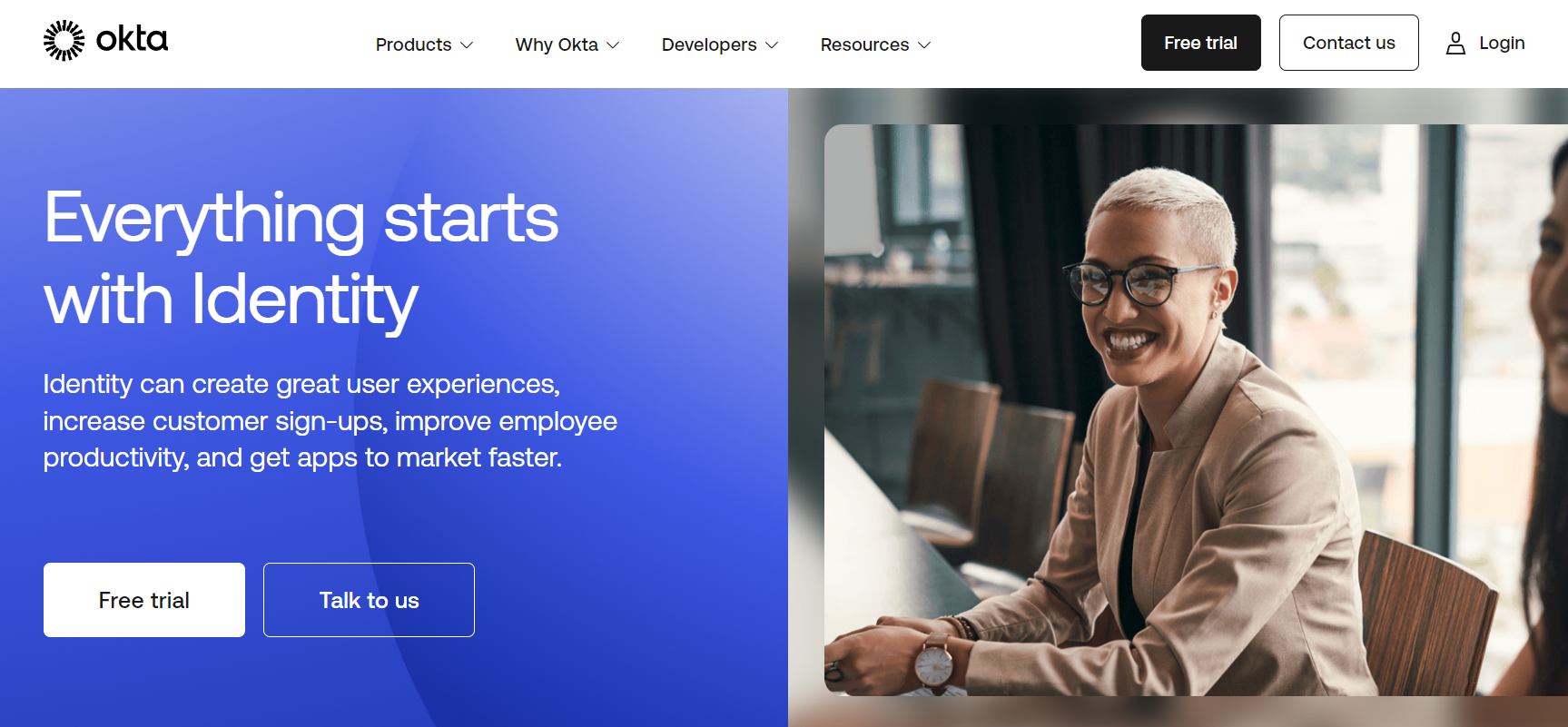
Okta’s Advanced Server Access (ASA) offers cloud-native infrastructure privileged access management (PAM). Acquired from ScaleFT in July 2018, it functions as an access and authentication proxy for RDP and SSH access.
Okta ASA enables administrators to establish access for users grouped into teams, implementing role-based access control (RBAC) for varied access levels per team to different servers. Users cannot access individual server credentials, minimizing the administrative burden of credential management.
Pros
- Provides SSH and RDP access.
- Offers single sign-on with Okta.
- Authorized requests use single-use certificates or web tokens.
Cons
- Requires Okta software on all servers.
- Complex setup with ScaleFT software, gateway, and local client.
- Expensive pricing model.
6. ManageEngine PAM360
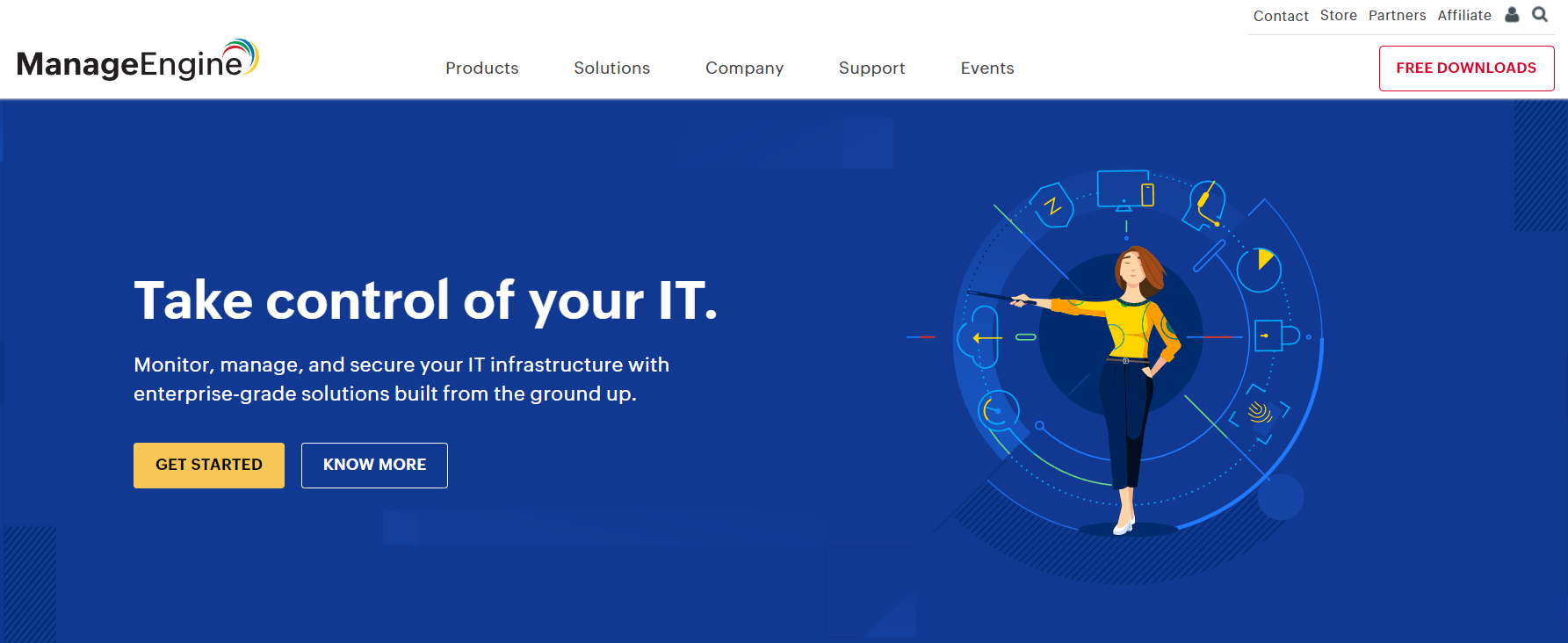
A unit of Zoho Corp, ManageEngine provides a range of IT, DevOps, and cybersecurity solutions, including the PAM360 platform. PAM360 offers tools for granular control and monitoring of users within critical network resources, catering to IT system administrators and DevOps engineers.
The platform also facilitates streamlined workflows for privileged users, including validation ticketing, SSL certificate management, and SSH key management.
Pros
- Offers just-in-time controls for privileges.
- Simplifies auditing and compliance reporting.
- Features preventive and remediation security measures.
Cons
- Lacks comprehensive organizational password management.
- Does not support secure Kubernetes access.
- Limited in managing data container systems.
7. HashiCorp Boundary
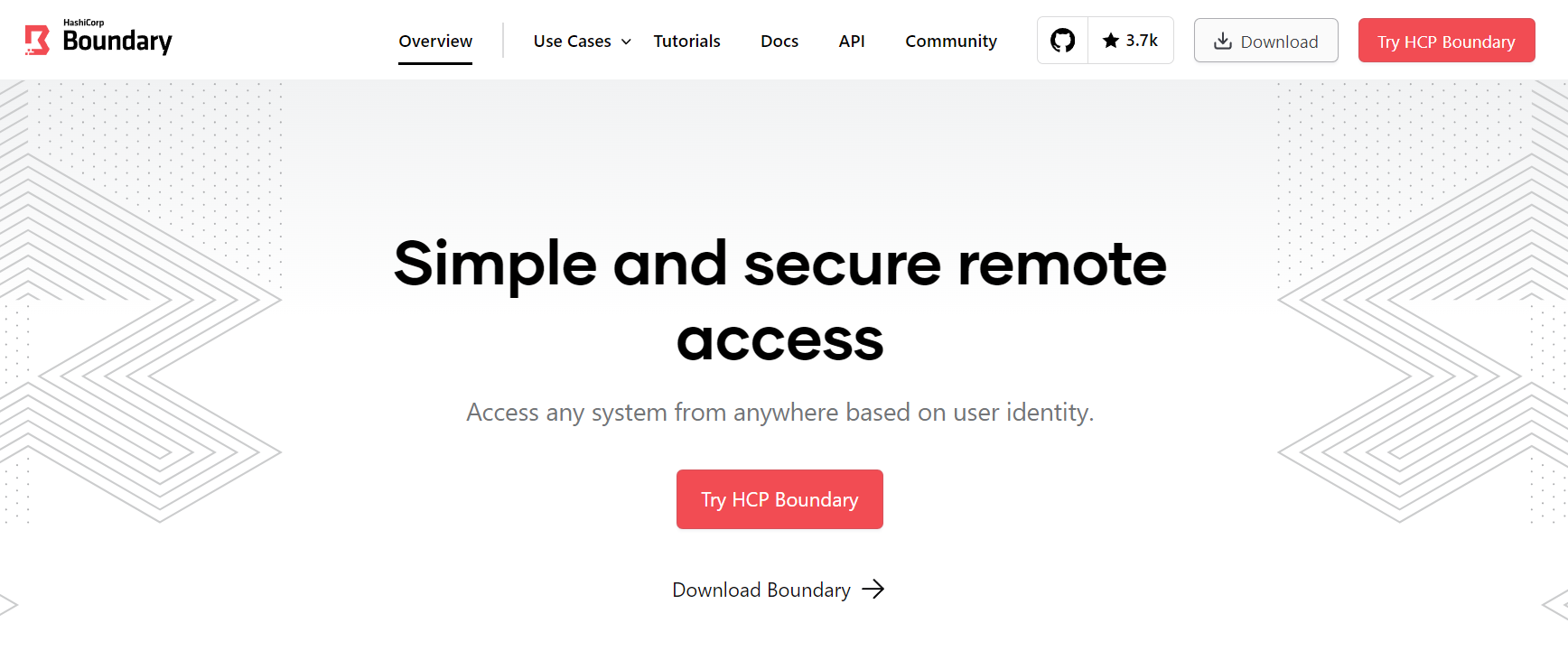
HashiCorp introduced Boundary in 2020 to address Vault users’ session management needs. It simplifies onboarding and creates dynamic workflows for system access in high-automation environments. By adhering to the principle of least privilege,
Boundary grants authenticated users just enough access to reduce the risk of compromise. The tool also monitors and logs session metadata for added security.
Pros
- Provides dynamic resource catalogs.
- Integrates with major cloud providers and Kubernetes.
- Supports dynamic credentials with Vault integration.
Cons
- Complex setup with multiple components.
- Limited session auditing capabilities.
- Requires Consul for service access.
How to Choose the Best PAM Solution
Robust PAM solutions go beyond basic threat identification and isolation. They can fortify an organization’s cybersecurity strategy with a multifaceted defense against unauthorized access, insider threats, and external attacks.
These capabilities enable security teams to rapidly deal with potential threats before they escalate into full-blown security breaches, safeguarding critical data and systems from compromise.
Enterprises also face mounting pressure to adhere to government and industry standards and compliance frameworks. PAM solutions facilitate compliance with regulations such as GDPR, FedRAMP, HIPAA, and PCI DSS and also enhance auditability through comprehensive logging and reporting functionalities.
Enterprise security teams can use modern PAM solutions to mitigate risk, bolster resilience, and instill confidence among stakeholders in the organization’s ability to safeguard valuable assets in a rapidly evolving threat landscape.
When evaluating PAM solutions, several key features should be carefully considered to ensure comprehensive protection and effective management of privileged accounts and access. These features include:
1. Secure Credential Vault:
Highly secure vault for storing privileged account credentials, utilizing encryption and access controls to safeguard sensitive information against unauthorized access or misuse.
2. Granular Access Control:
Enforce granular access controls, define role-based policies, and adhere to the principle of least privilege, which restricts access to critical resources only to authorized users.
3. Real-time Session Monitoring:
Real-time monitoring of privileged user sessions, including comprehensive recording of keystrokes, commands, and screen activity, enabling thorough auditing and forensic analysis.
4. Session Management Capabilities:
Robust session management features allow administrators to terminate or isolate active sessions and playback recorded sessions for investigation purposes.
5. Continuous Authentication:
Risk-based authentication mechanisms assess login attempts based on contextual factors such as user behavior and device posture. Dynamically adjust authentication with continuous assessment of context signals.
6. Seamless Integrations:
Seamless integration with existing IT infrastructure, including directory services, IAM solutions, SIEM systems, and ticketing systems, ensuring interoperability and ease of deployment.
7. Compliance Reporting:
Built-in reporting capabilities to generate compliance reports and audit trails, facilitating regulatory compliance and demonstrating adherence to internal security policies.
8. Privilege Elevation and Delegation:
Secure privilege elevation and delegation, allowing organizations to grant temporary access or delegate administrative tasks with strict controls to prevent misuse.
9. API Access and Automation:
APIs for programmatic access and integration with third-party tools and automation frameworks, empowering organizations to streamline workflows and enforce security policies programmatically.
By evaluating these critical features in a PAM solution, organizations can effectively manage privileged access and enhance overall cybersecurity posture in today’s distributed and dynamic environments.
Conclusion
Modern infrastructures demand effective Privileged Access Management (PAM) solutions to shield against insider threats, external attacks, and meet regulatory demands. The contemporary approach to PAM emphasizes adaptive, context-aware access controls, integration with various IT systems, and automation to streamline security operations.
Investing in the right PAM solution is crucial for businesses looking to strengthen their security measures and mitigate risks. This involves evaluating factors like scalability, deployment ease, integration capabilities, and compliance adherence.
By adopting a proactive stance on privileged access management and selecting solutions that resonate with their unique requirements, companies can enhance their defense mechanisms and safeguard critical assets against the challenges posed by a rapidly changing threat landscape.
